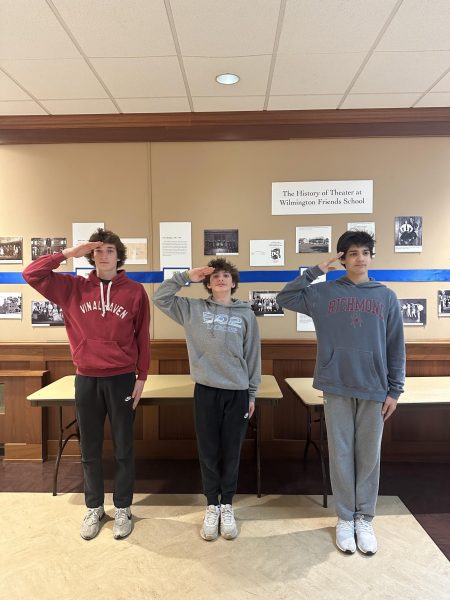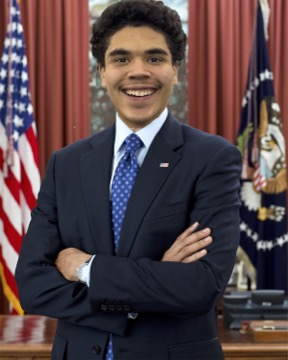Racial Diversity: Perception Versus Reality
March Issue: Social Justice
It is said that from people to places, all things in the world have a personality of their own. While this idea seems clear in a general sense, it becomes fuzzy when the lense is narrowed. For example, all schools have unique classes and traditions; however, when one narrows his or her focus to, say, private high schools in Delaware, they will find that schools all seem to be lacking in one common area – diversity.
While Wilmington Friends School prides itself in being the most diverse of the schools in its conference, the accomplishment seems comparable to being the fattest pig at a county fair – impressive, but by what standard? There are countless examples across all ends of the school which demonstrate the desire of faculty and students alike to deepen understandings of and broaden perspectives towards diversity. From the annual Diversity Orientation, which is attended by all first-year students at Friends, to social awareness clubs such as African American Affinity, Gender Sexuality Alliance, and Half the Sky, students at Friends have the ability to learn about diversity in its many forms. However, the community at Friends still seems to be reflective only of its immediate surroundings. This is a fact directly commented on by Nick Gauthier ’17 when he said, “At Friends, diversity is valued, but it’s not achieved.” It is no doubt that the previously mentioned clubs show that the Friends community places value in diversity, but as Gauthier states and the student body shows, true diversity has not yet been reached. Another student, Rachel Ramirez ’17, shared her feelings, making a comparison between Friends and its surrounding schools: “Compared to other private schools in the area we are diverse, but it’s still not where it should be.” A common trend among all those interviewed is an acknowledgement of Friends’ diversity in comparison to private schools, but an awareness of the concept that Friends could still be more diverse.
Yet one student had a different perspective; she compared Freinds School to that of her cousins’, which is a large public school in Pennsylvania. This student explained, “My cousins go to a big public school in PA and there are no minorities at all there. I think it’s good we have different types of people and groups here.” In contrast to statements from previous students, it seemed that this student focused strictly on the comparison of quantity, as if diversity were to be calculable by a number, rather than on how a community should look in the 21st century.
Directing attention back to Wilmington Friends School, Jenny Kielhorn ’17 seemed to sum up the opinions of the majority of the community. She said, “The school has a lot of clubs that promote diversity, however I’m not completely convinced the student body reflects that. That being said, I don’t think it’s the school’s fault because it has to do with resources, and who applies.”
Kielhorn’s comment shows that while Friends School cultivates an awareness of diversity among its students, it does not have the makeup to reflect that, something which can be improved upon in the years to come.


































